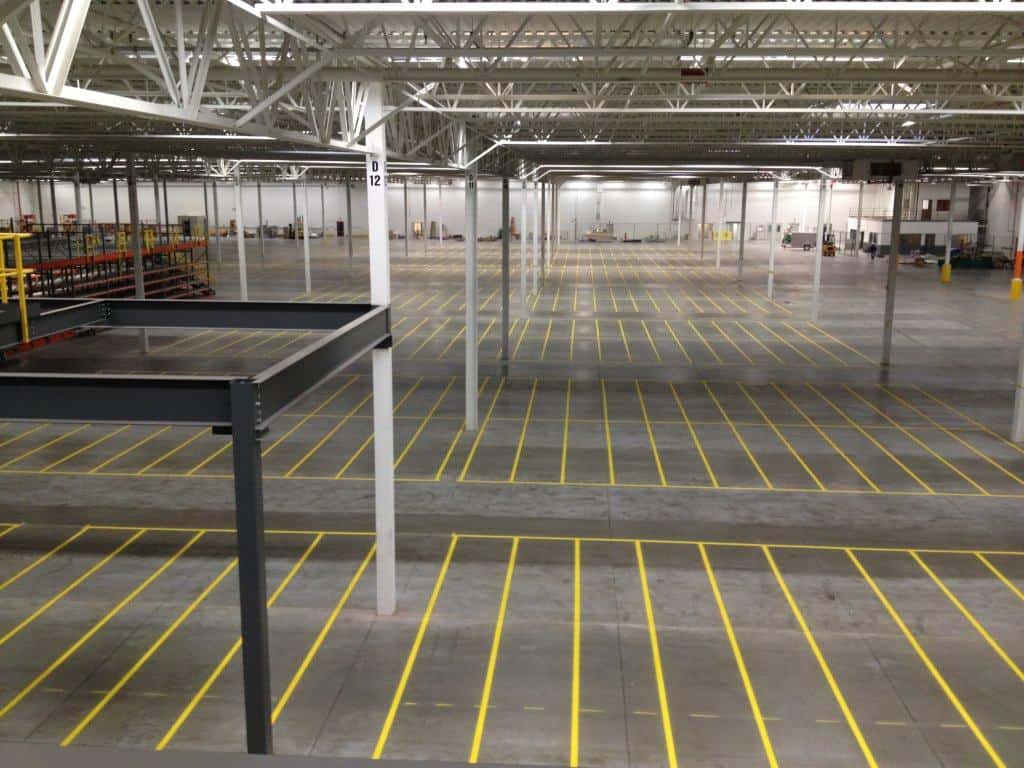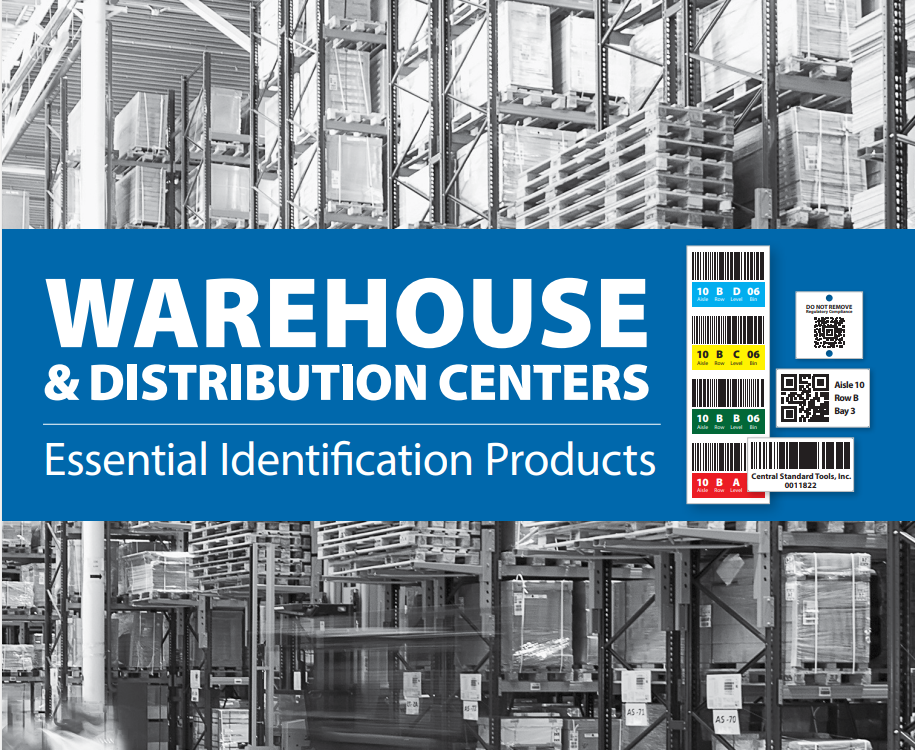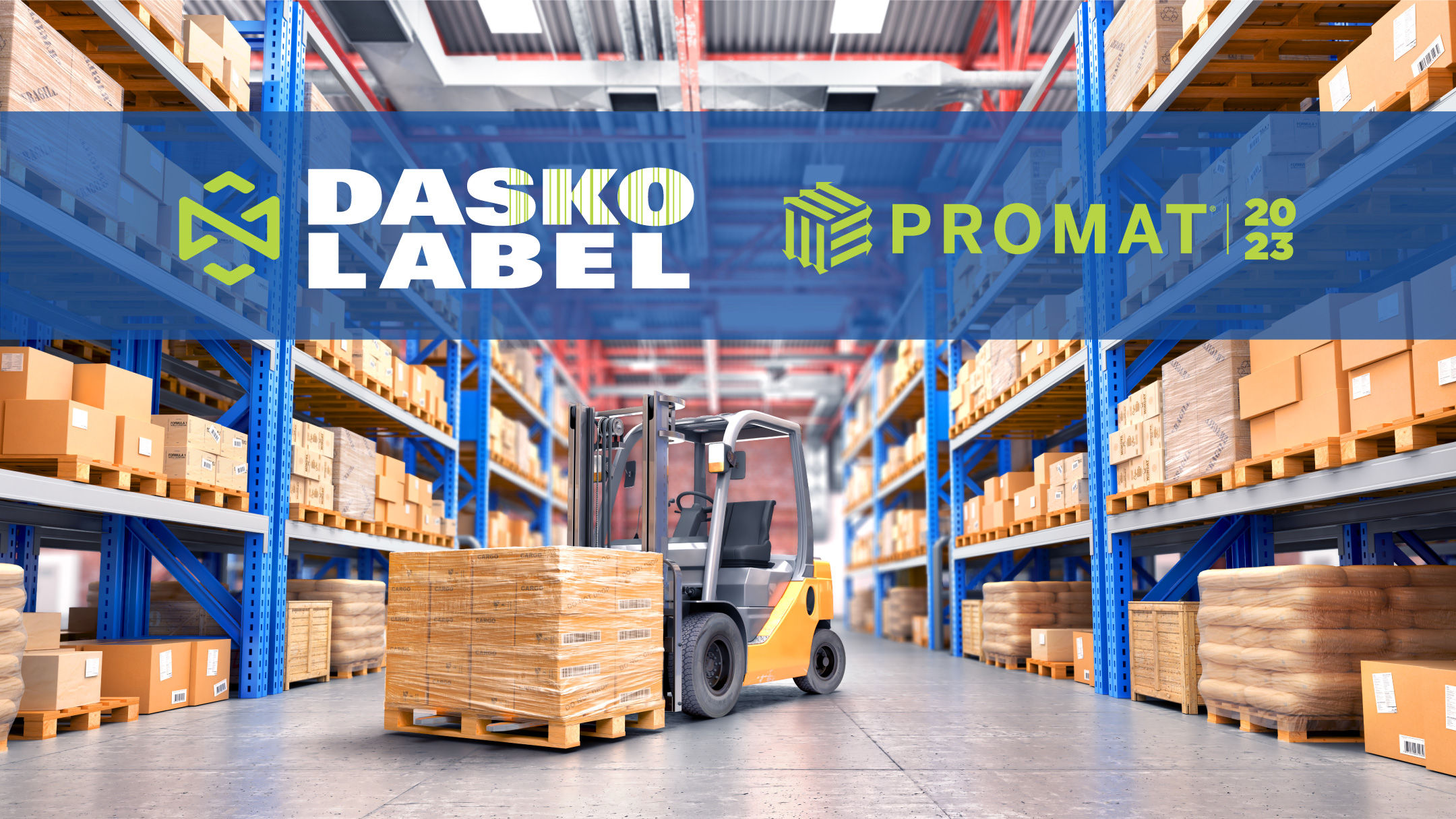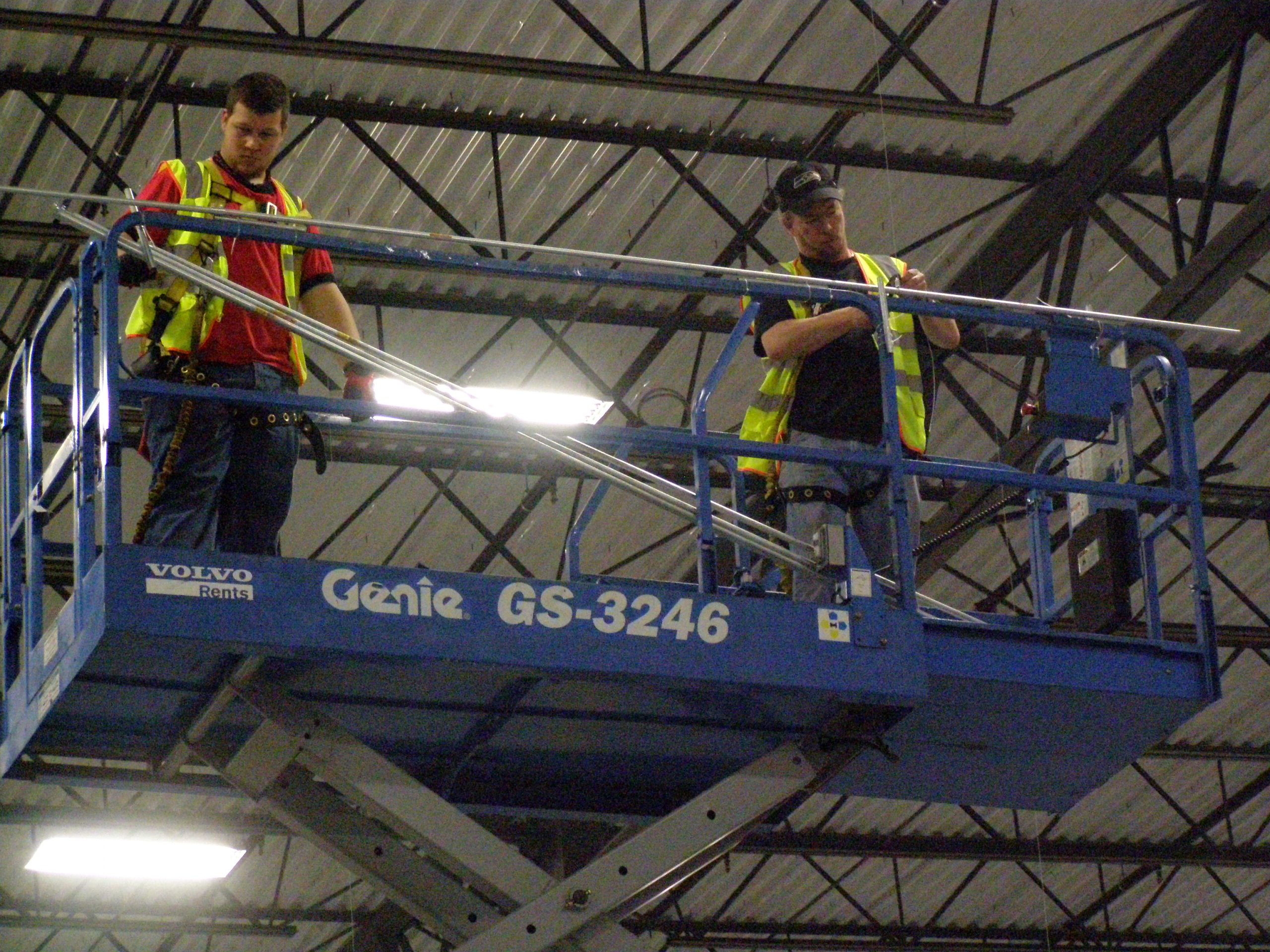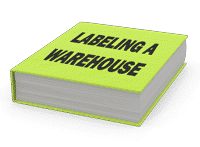Written By: Mike Cummings
Published By: ISIT.com
Here’s A Behind-The-Scenes Look At What It Takes To Successfully Bar Code A Warehouse. Any management team that has been through the fire storm of implementing a warehouse management system knows the pressures involved in the installation. The process involves meeting numerous deadlines while anticipating potential show stopping issues that arise almost daily. Detail upon detail demands the project team’s attention with often the smallest, seemingly most innocuous items presenting a challenge that must be overcome before the team can move on to the next step in the process.
Among the challenges is the successful bar code labeling of the warehouse for companies installing automatic data collection as part of the WMS package. Successfully labeling a distribution center requires careful attention to detail, a thorough knowledge of both the current and anticipated modes of operation and most importantly, sufficient time within the scope of the project timeline to complete the job properly.
Some of the hurdles companies will face are: specifying the correct scanning equipment; inaccurate, out of date or nonexistent location databases; a mix of various types of material handling equipment used within the same storage areas; harsh storage environments such as freezers or outside locations; rack/aisle configurations; and staff training.
If a successful scan is to be accomplished, the team needs to understand clearly some of the key elements of scanning and how it relates to their operating environment. Scanners are made to scan from specified distances (short range/long range). Bar code labels are printed in different sizes. The most important scanning concept for the team to understand is the concept of “depth of field.” The depth of field is the minimum and maximum distance that the scanner is capable of reading for the size of the bar code being scanned. The size of a bar code is determined in thousandths of an inch (mil size) by measuring the thinnest bar (referred to as X dimension) in the bar code symbol.
Unless the correct combination of scanner and X dimension is specified, material handling staff will not achieve consistent scans. This leads to hand-keying and all the resultant data errors associated with manual data input. The bar code scanner and bar code label specifications should be designed to insure a first-pass scan. As in the installation of most new technologies, ease of use will insure greater staff acceptance.
Map The Territory Often warehouses have outdated or inaccurate facility location maps. Mapping the storage locations for a WMS package is extremely time consuming. No bar code labeling of the warehouse can begin until a complete and accurate map of the facility is available. Project teams often underestimate the time required to accomplish this task. This is a critical issue which should be addressed very early in the process of implementation.
The material handling equipment used greatly impacts the manner in which the facility will bar code storage locations. Facilities putting away and picking full pallets in five high racking with reach trucks will require a different labeling solution from those putting away full pallets but picking partial pallets from all levels with man up equipment. A warehouse with narrow aisles using reach trucks may not be a candidate for a “point and shoot” labeling solution requiring 20 foot scans to the top rack storage locations. Alternative labeling solutions may have to be explored and tested. This is an area where an experienced bar code label vendor can provide valuable assistance.
Facilities with temperature extremes, dusty or dirty operating environments or outdoor storage often require specialized labeling to accomplish their goals. An example of a harsh application is freezer racking which requires labels to be placed into service and adhere at -20° F.
Durable material/adhesive combinations capable of “setting up” at -20° F are commercially available for labeling operating freezers. Labels placed on magnets can also be used to overcome the extreme temperatures of commercial freezer storage facilities. There are many specialty materials available that a knowledgeable bar code label vendor can recommend and provide samples of for testing.
In addition to considering the impact of material handling equipment on the labeling solutions, the physical design of the existing facility is critical to developing a successful bar code labeling solution. The physical design of the rack load bearing beams, facility lighting and aisle widths are all critical elements to consider when designing a solutions.
The “Ins And Outs” Of Training Along with the training of the warehouse staff on the use of the software, it is important to take the time to discuss and train the staff on the use of scanners. A 10- to 15-minute presentation on highlighting the depth of field that each bar code can be expected to read from will prevent frustration in the start up phase.
The decision to purchase preprinted labels versus in-house printing requires the consideration of several factors. In most cases, a blend of in-house printing and preprinted labels is the most advantageous route to consider.
Learn From Well-Run Projects Learn more from poorly run projects. Mistakes are varied and complex, although most can be preventable if companies explore and test the label solution prior to installation. Here are some warehouse labeling “horror stories” we have seen:
A major auto manufacturer contracted to have racking labeled in a new facility. The original label vendor did not take the time to test the adhesive on the new rack surface and was not aware of the painting process being used by the rack manufacturer. When the labels were installed immediately after the rack was manufactured and delivered, the paint was still outgassing, which caused all of the 75,000 labels to begin to lift and peel away from the rack face. An expensive and time-consuming repair job had to be implemented.
A major clothing vendor assigned an inexperienced engineer to oversee the purchase and installation of 50,000 rack labels. The first and most important consideration on the part of the engineer was the price of the labels. Quality and durability was sacrificed to obtain the lowest possible price. At the engineer’s recommendation, the company installed paper labels with rubber based adhesive for permanent rack locations. Within three months, 30% of the labels were falling off the rack. At the end of nine months, more than 75% of the labels were lifting and falling off. The entire 50,000 labels had to have a patch of clear specialty lamination placed over the label to prevent the lifting. The cost to repair the original label job was greater than what the company would have spent if the label had been specified correctly at the start of the project.
A large multinational industrial company spent a tremendous amount of time and effort purchasing the correct labels and scanners for a large distribution center. However, under a time crunch to bring the project live, the company did not take the time to train their staff as to what distance they could expect when scanning the various bar codes in the warehouse. The warehouse employees assumed that all labels could be scanned from any distance with any scanner. After much frustration, a 15-minute training session was held at various times for each shift. This training resulted in greater overall acceptance of the new system.
Success Stories While the industries vary, successful projects in a wide range of industries have a common thread. Companies such as DuPont, Quaker Oats, John Deere and USS Posco have successfully implemented labeling solutions on a large scale in distribution centers across the United States. Each of these successful installations had the following common elements: strong dedicated project management, adequately staffed project teams, project funding and sufficiently allotted time.
Each of these companies were deeply involved in the most important part of the project, which is the test phase. Each of these companies tested, tested, and tested.
Labeling solutions can be devised to label any warehouse no matter how diverse or complex the application. Specialty materials, color coding, signage and specialty label holders can be employed to solve even the most difficult labeling problems. Do not underestimate the value of working with an experienced label vendor who knows the potential pitfalls and can help you avoid them. The successful labeling of a warehouse can be accomplished if the project team starts early, meets often and tests, tests, tests.

